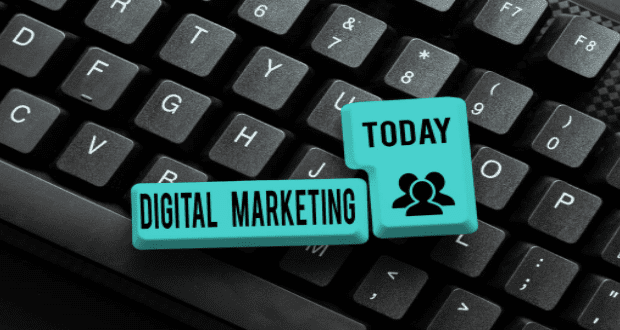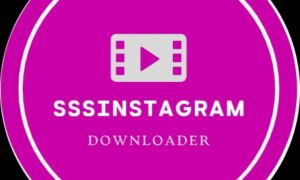Introduction
Social media marketing is a powerful tool for businesses and organizations to reach out to their audiences. It involves the use of popular social networks like Facebook, Twitter, Instagram, Snapchat, and more to promote products, services, or events. The goal of social media marketing is to create a strong online presence through engaging content that drives customers and followers back to the company’s website or other online resources.
Benefits of Social Media Marketing
There are numerous benefits associated with social media marketing courses for businesses and organizations. First and foremost, it helps build brand awareness by increasing visibility across multiple channels. This can result in higher search engine rankings as well as increased traffic from organic sources such as Facebook posts or tweets that link back to the company’s website.
Additionally, social media campaigns can lead to increased engagement with customers who are likely more likely to become loyal followers if they find your content interesting or entertaining enough. It allows companies access to valuable demographic information which could help them tailor their marketing strategy according to specific groups of people who are likely interested in their products or services Lastly, it provides an opportunity for companies big or small –to compete on an even playing field since anyone with access can post content on these platforms.
Types of Social Media Platforms
Social media has become an integral part of our lives, with platforms such as Facebook, Twitter, Instagram, and YouTube being used by billions of people around the world. Each platform has its unique features and offers a different experience for users. In this article, we will take a look at the four major types of social media platforms: Facebook, Twitter, Instagram, and YouTube.
Facebook is the most popular social networking site in existence today. It allows users to post content such as photos, videos, and text updates as well as comment on other people’s posts. People typically use it to keep in touch with friends and family or share their thoughts with a larger audience.
Twitter is a microblogging platform that allows users to post short messages known as “tweets” up to 140 characters long. It can be used for both personal updates and broadcasting news or opinions on current events. As well as giving individuals an outlet for self-expression, it also provides businesses with an effective way of reaching out to their customers directly.
Instagram is another hugely popular platform that focuses on visual content such as photos and videos taken by its users which are then shared publicly or privately among friends or followers using hashtags (words preceded by #).
Creating Content for Social Media Platforms
The success of any social media platform relies heavily on the content that is created and shared with its users. Crafting engaging content is an art, and understanding how to properly develop a strategy, understand your audience, and measure success is key to creating effective content.
The first step in creating effective social media content is developing a strategy. Start by evaluating what platforms your target audience uses most, then create goals specific to the types of content you plan to post on each platform. Determine what topics will be covered, the frequency at which posts will be made, as well as what type of engagement you want from followers—likes, comments, or shares. Defining these objectives upfront helps ensure your efforts are focused in the right direction.
To effectively engage with your followers it’s important to understand who they are—their lifestyle habits, interests, or other demographics—as this can help determine which type of content resonates best with them. Researching similar brands or researching topics related to industry trends can also provide valuable insight into what types of posts might work best for engaging your targeted audience.
Advertising on Social Media Platforms
Social media has become an increasingly popular platform for businesses to advertise their products and services. With an ever-growing user base, companies have access to a potentially huge reach and the ability to target specific audiences. While there are many advantages associated with advertising on social media sites, it also comes with its own unique set of challenges. In this article, we’ll explore the advantages and disadvantages of paid ads, how to set up ads on different platforms, optimize for maximum reach, and track performance and returns on investment (ROI).
Advantages & Disadvantages of Paid Ads
The key advantage of using paid ads is that they enable you to quickly expand your reach beyond your current audience. This can result in more leads or sales in a shorter amount of time than organic methods alone would allow. Additionally, when done correctly they can be highly targeted so you’re only reaching people who are interested in what you have to offer. On the flip side, however, it can be difficult to ensure that the results from these campaigns are cost-effective or profitable for your business as ad costs can quickly add up if not managed properly.
Conclusion
In conclusion, the social media marketing course is an invaluable tool for any business or individual looking to stay ahead of the competition in today’s digital world. By learning how to effectively leverage the power of social media, businesses can grow their online presence and increase brand awareness. Additionally, individuals can gain valuable skills to help them further their professional careers. Ultimately, taking a social media marketing course is a great way to develop your digital marketing skills and capitalize on the potential of these powerful platforms.





































